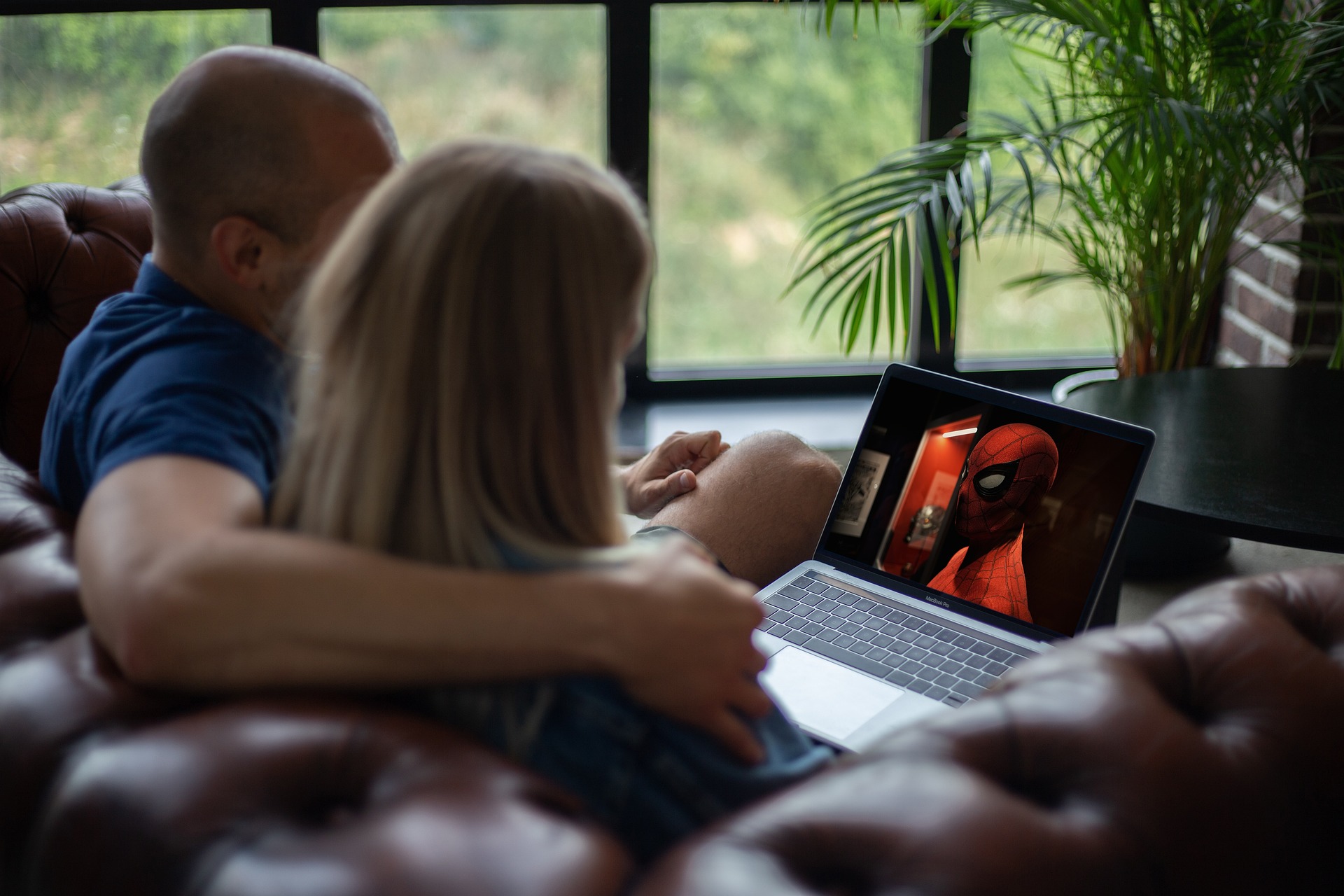Arts and Entertainment: Exploring Cultural Experiences in the Digital Age
The realm of arts and entertainment has undergone a profound transformation in recent years, largely due to the rapid advancement of digital technologies. From virtual museum tours to streaming platforms offering a vast array of content, the way we consume and engage with cultural experiences has evolved dramatically. This article delves into the various aspects of modern arts and entertainment, examining how digital innovations have reshaped our interaction with creative content and cultural institutions.

How has technology changed the landscape of arts and entertainment?
Technology has revolutionized the arts and entertainment industry in numerous ways. Digital platforms have made content more accessible than ever before, allowing audiences to enjoy movies, music, and art from the comfort of their homes. Virtual and augmented reality technologies have created immersive experiences, blurring the lines between the physical and digital worlds. Social media has given artists new ways to connect with their audience and promote their work. Additionally, artificial intelligence is being used to create unique artworks and personalize entertainment recommendations, further expanding the boundaries of creative expression.
What are the benefits of digital platforms for artists and creators?
Digital platforms have opened up new avenues for artists and creators to showcase their work and reach a global audience. These platforms provide opportunities for independent artists to distribute their content without the need for traditional gatekeepers like record labels or publishing houses. Crowdfunding platforms enable creators to finance their projects directly through fan support. Moreover, data analytics tools allow artists to gain insights into their audience’s preferences, helping them tailor their content and marketing strategies. The digital landscape has democratized the creative process, giving voice to diverse perspectives and niche genres that might have been overlooked in traditional media.
How are museums and galleries adapting to the digital age?
Museums and galleries have embraced digital technologies to enhance visitor experiences and extend their reach beyond physical walls. Many institutions now offer virtual tours, allowing people from around the world to explore their collections online. Augmented reality apps provide interactive experiences, bringing artworks to life and offering additional context. Digital archives and online exhibitions make vast collections accessible to researchers and art enthusiasts. Some museums have even experimented with creating entirely virtual galleries, showcasing digital art and NFTs (Non-Fungible Tokens). These innovations not only broaden access to cultural heritage but also create new forms of artistic expression and curation.
What impact has streaming had on the entertainment industry?
Streaming has fundamentally altered the entertainment landscape, changing how we consume movies, TV shows, and music. On-demand access to vast libraries of content has shifted viewing habits away from traditional broadcast schedules. This has led to the rise of binge-watching and the production of high-quality, serialized content designed for streaming platforms. The music industry has seen a similar transformation, with streaming services becoming the primary mode of music consumption for many listeners. This shift has impacted revenue models, content creation strategies, and distribution methods across the entertainment industry, forcing traditional players to adapt to new digital realities.
How is social media shaping arts and entertainment?
Social media platforms have become powerful tools for artists and entertainers to build their brand, engage with fans, and promote their work. These platforms allow for direct communication between creators and their audience, fostering a sense of community and loyalty. Social media has also given rise to new forms of entertainment, such as short-form video content and influencer marketing. Additionally, it has democratized criticism and discourse around art and entertainment, with fan communities and online reviews playing an increasingly important role in shaping public opinion and cultural trends.
What are the challenges and opportunities in the digital arts and entertainment landscape?
The digital transformation of arts and entertainment presents both challenges and opportunities. On one hand, the abundance of content available online can make it difficult for artists to stand out and monetize their work effectively. Issues of copyright infringement and digital piracy continue to be concerns. There are also ongoing debates about the impact of algorithms on content discovery and the potential for echo chambers in online cultural consumption.
On the other hand, digital technologies offer exciting possibilities for creative expression and audience engagement. Emerging technologies like blockchain are being explored to create new models for artist compensation and ownership of digital assets. The global reach of digital platforms allows for greater cultural exchange and collaboration across borders. As technologies continue to evolve, they will likely open up new frontiers in interactive and immersive entertainment experiences.
The digital age has ushered in a new era for arts and entertainment, characterized by increased accessibility, interactivity, and innovation. While challenges remain, the opportunities for creative expression and cultural engagement have never been greater. As technology continues to advance, we can expect to see further evolution in how we create, consume, and interact with art and entertainment in the digital realm.
The shared information of this article is up-to-date as of the publishing date. For more up-to-date information, please conduct your own research.



